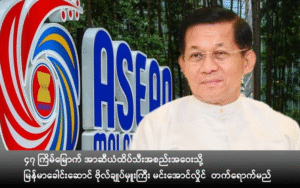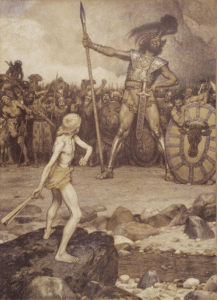Signs of diplomatic shifts and quiet negotiations hint at a possible turning point for Myanmar’s future.
Editor’s Note:
After years of darkness and despair, the winds of change may finally be stirring across Myanmar’s troubled landscape. Rumors, shifting alliances, and renewed diplomatic engagement suggest that the political storm might soon take a new course. MMNN presents this hopeful forecast on what could be a turning point for the nation.
For ordinary people in Myanmar, who governs is less important than how they govern. What truly matters are peace, democracy, a genuine federal system, equal rights for all citizens, and steady progress for the nation. This sentiment runs deep among all communities — especially among Myanmar’s Muslims and Rohingya, who have long suffered exclusion and discrimination yet continue to pray and hope for unity and justice.
Now, rumors are swirling that Senior General Min Aung Hlaing may attend the upcoming 47th ASEAN Summit — a move that could signal a major shift in the junta’s diplomatic stance. The summit is expected to be attended by ASEAN leaders, Myanmar’s neighbors, and even former U.S. President Donald Trump. While President Xi Jinping and President Vladimir Putin have not confirmed their presence, their representatives are expected to participate.
Meanwhile, Bangladesh, the United Nations, and the United States are reportedly pushing for the creation of a Safe Zone, Humanitarian Corridor, or limited Responsibility to Protect (R2P) arrangement to safeguard civilians in conflict zones.
Behind the scenes, both the U.S. and India are believed to be holding separate talks with the Kachin Independence Organization (KIO) regarding rare earth mineral access, underscoring the growing importance of Myanmar’s resources amid global competition.
In another dramatic development, the compound of junta ally Karen militia leader Saw Chit Thu was recently raided by INTIME forces, uncovering illegal activities and seizing 30 Starlink receivers — a sign that even those once close to the regime are not beyond scrutiny.
At the same time, the case of abducted NGO worker Thuzar Maung and her family has returned to the spotlight, drawing international attention and questions about the junta’s connections with transnational criminal networks.
Perhaps most significantly, Malaysia, as ASEAN Chair, is believed to have drafted a new constitutional or transitional roadmap following discreet consultations with the National Unity Government (NUG), People’s Defense Forces (PDFs), Ethnic Armed Organizations (EAOs), Rohingya leaders, and Myanmar Muslim representatives. This could be the first real attempt to bring all voices to the table since the 2021 coup.
All these signals suggest that Myanmar’s long political storm may be beginning to calm. The darkest nights, filled with fear, tears, and bloodshed, may soon give way to a dawn of hope.
It will not be an easy path, and it may not yet be the end — but it could be the beginning of a new chapter: a peaceful, democratic, and federal Myanmar where every citizen, regardless of race or religion, stands equal under one flag.
May that new dawn rise soon, InSyaAllah.





